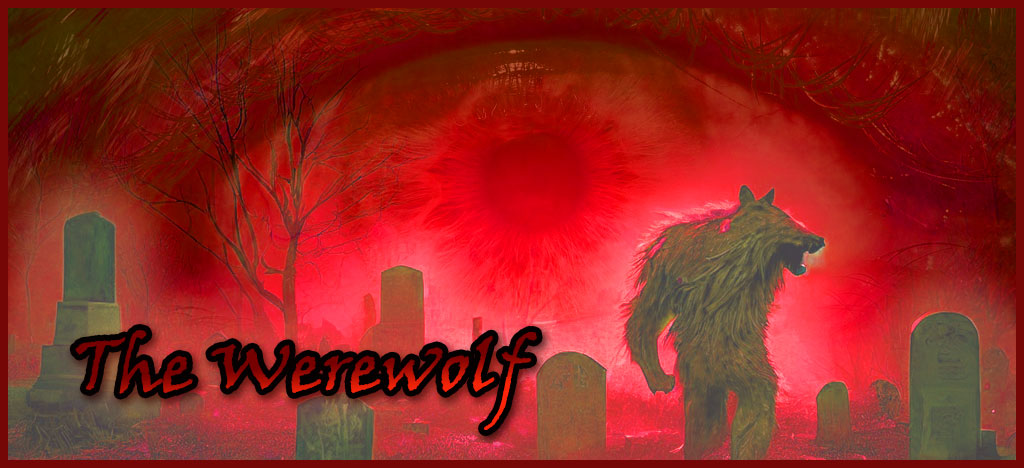
Monsters of Horror 2: The Werewolf

Werewolves are mythical creatures that can transform from human to wolf, or a hybrid of both, usually under the influence of a full moon. The origin and evolution of werewolf legends are fascinating and complex, spanning across different cultures and times.
One of the earliest references to werewolves can be found in The Epic of Gilgamesh, an ancient Mesopotamian poem written around 2100 BC. In it, Gilgamesh rejects the advances of a goddess named Ishtar, who had previously turned her lover into a wolf. Another ancient source is the Greek legend of Lycaon, a king who was turned into a wolf by Zeus as a punishment for serving him human flesh.
The concept of werewolves also appears in Nordic mythology and folklore, where they are often associated with warriors and berserkers. One example is the Saga of the Volsungs, which tells the story of a father and son who wore magical wolf skins and went on a rampage in the forest. They were eventually wounded by each other and healed by a raven.

In medieval Europe, werewolf beliefs became intertwined with Christian views on witchcraft and the devil. Many people accused of being werewolves confessed to having made a pact with Satan and using an ointment or a belt to transform into wolves. They were often tried and executed as heretics and murderers, especially in France and Germany.
One of the most notorious cases was that of Peter Stumpp, a German farmer who was accused of being a serial killer and a cannibal. He claimed that he had been given a wolf belt by the devil when he was 12 years old, and that he had killed and eaten 14 children and two pregnant women. He was tortured and executed in 1589.
Werewolf legends also influenced literature and art, from medieval romances to Gothic novels to modern horror films. Some of the most famous works featuring werewolves are The Wolf’s Bride by Marie de France, Dracula by Bram Stoker, The Wolf Man by Curt Siodmak, An American Werewolf in London by John Landis, The Howling by Gary Brandner, The Company of Wolves by Angela Carter, and The Twilight Saga by Stephenie Meyer.
Werewolves are still popular today as a symbol of primal instincts, transformation, and duality. They reflect our fears and fantasies about ourselves and our relationship with nature and society.

© Colin Lawson Books